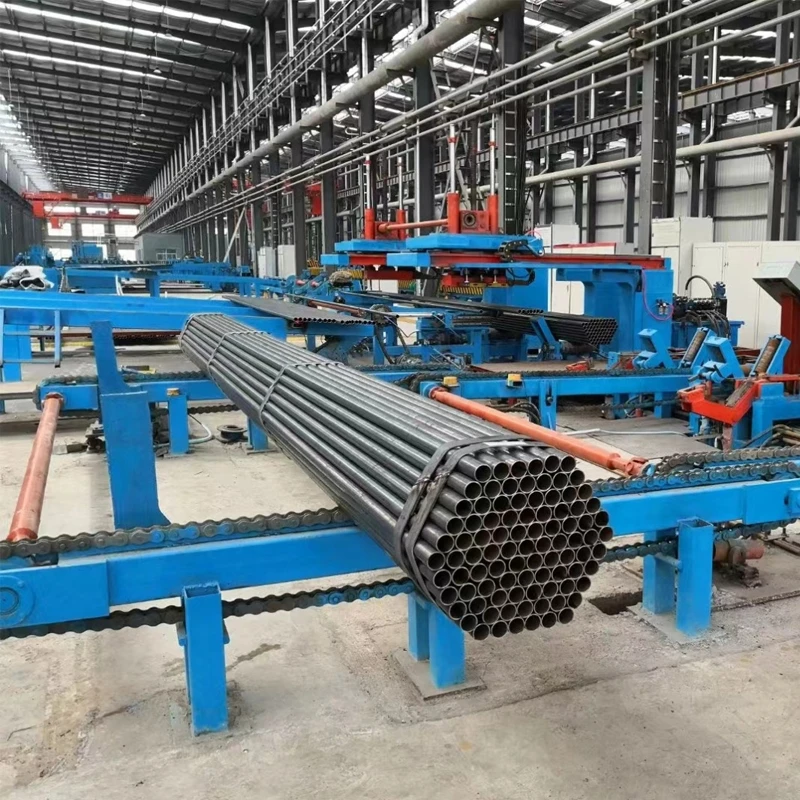automatic tig pipe welding machine
The Advancements and Benefits of Automatic TIG Pipe Welding Machines
In the world of engineering and manufacturing, welding plays a vital role in joining materials, especially metals. Among the various welding techniques, Tungsten Inert Gas (TIG) welding has gained significant popularity due to its precision and versatility. The evolution of technology has led to the development of automatic TIG pipe welding machines, which offer numerous advantages for industries that rely heavily on pipe fabrication.
Understanding Automatic TIG Welding
TIG welding involves the use of a non-consumable tungsten electrode to produce the weld. An inert gas, typically argon, shields the weld from contamination, ensuring a clean and strong joint. When this process is automated, the machine takes over the precise control of the welding parameters, allowing for consistent quality and reduced human error.
Automatic TIG pipe welding machines come equipped with advanced features such as programmable logic controllers (PLCs), digital displays, and automated feeding systems. These innovations enable the machines to maintain a steady arc length, optimize welding speed, and adjust gas flow rates dynamically, resulting in high-quality welds that meet stringent industry standards.
Benefits of Using Automatic TIG Pipe Welding Machines
1. Increased Precision and Quality One of the primary advantages of automatic TIG welding machines is their ability to deliver high precision and repeatability. With automated control, these machines can maintain consistent arc length and heat input, leading to uniform weld penetration and reduced defects. This is particularly crucial in applications where safety and structural integrity are paramount, such as in the oil and gas, chemical, and pharmaceutical industries.
automatic tig pipe welding machine

2. Enhanced Productivity Automation significantly increases the efficiency of the welding process. Automatic machines can operate continuously without the fatigue that human welders may experience over long periods. This capability allows for higher production rates and reduces the time taken to complete projects. Furthermore, by minimizing the need for rework due to welding defects, companies can realize substantial cost savings.
3. Reduced Skill Requirements While skilled welders are still essential for overseeing operations and maintaining machines, automatic TIG welding reduces the reliance on highly skilled labor for every aspect of the welding process. This technology allows less experienced operatives to execute complex welds with consistent results, thus alleviating labor shortages and making training and hiring easier.
4. Operational Safety Welding can be a hazardous occupation due to the potential for exposure to harmful fumes, burns, and other risks. By automating the welding process, the exposure of operators to dangerous environments is minimized. Additionally, modern machines are equipped with safety features such as automatic shut-off systems and real-time monitoring, enhancing safety in the workplace.
5. Versatility Automatic TIG pipe welding machines can be used in a wide range of applications. They are suitable for various materials, including stainless steel, aluminum, and even exotic alloys. This versatility makes them an excellent choice for industries that require flexibility in their welding operations.
6. Data Collection and Analysis Many modern automatic TIG welding machines come with smart technologies that allow for data collection and analysis. This feature enables manufacturers to monitor the welding process in real-time, ensuring that each weld meets specific quality standards. Moreover, data can be used to optimize processes and implement preventive maintenance strategies, further enhancing productivity and quality.
Conclusion
The advent of automatic TIG pipe welding machines marks a significant leap forward in welding technology. With their ability to deliver high precision, improve productivity, and ensure safety, these machines are transforming the landscape of pipe fabrication in various industries. As technology continues to advance, the future of welding looks promising, offering more efficient and effective solutions for engineers and manufacturers alike. Embracing this technology is not just a choice; it is becoming a necessity in an increasingly competitive market.
-
High Frequency Straight Seam Welded Pipe Production Line-BzZhou Xinghua Machinery Equipment Manufacturing Co., LTD.|line pipe steel&welded gas pipeNewsJul.30,2025
-
High Frequency Straight Seam Welded Pipe Production Line-BzZhou Xinghua Machinery Equipment Manufacturing Co., LTD.|High Precision&Automated SolutionsNewsJul.30,2025
-
High Frequency Straight Seam Welded Pipe Production Line - BzZhou Xinghua Machinery Equipment Manufacturing Co., Ltd.NewsJul.30,2025
-
High Frequency Straight Seam Welded Pipe Production Line-BzZhou Xinghua Machinery Equipment Manufacturing Co., LTD.|Precision Welding, High EfficiencyNewsJul.30,2025
-
High Frequency Straight Seam Welded Pipe Production Line|BzZhou Xinghua|Precision Welding&EfficiencyNewsJul.30,2025
-
High Frequency Straight Seam Welded Pipe Production Line - BzZhou Xinghua|Precision Engineering&EfficiencyNewsJul.30,2025


